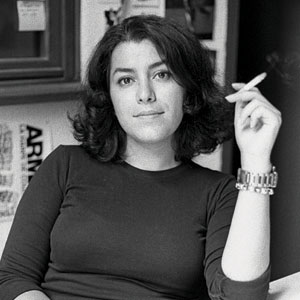Good day readers,
I hope everyone had a wonderful thanks giving weekend, I know I did, but I must admit last week felt somewhat empty for myself without an assigned blog post where I could read everyone’s exciting insights on summary! I was able to cope with the disappointment from the comfort of my own home though, just so no one is too worried. Initially coming into this week I wasn’t terribly thrilled to be working through another research paper, but after reading Hilary Chute’s essay The Texture of Retracing in Marjane Satrapi’s “Persepolis” and drawing my own interpretation on it, I found myself noticing a lot of interesting breakdowns of Persepolis that I hadn’t originally picked up on. Obviously in Chutes’ paper she puts a lot of emphasis on the importance of images and the style of Satrapi’s illustrations. These are factors that I thought I was paying a lot of attention to while reading Persepolis but then came to the realization that there were a variety of aspects I hadn’t taken into consideration. Another interesting point that I’d like to talk about briefly is something we discussed in class regarding authority and how Satrapi is able to demonstrate her authority throughout Persepolis; as well as just how important authority can be when trying to convey a story to an audience.
In class this week we were split into five groups and each assigned a section of Chute’s essay to analyze and to develop a further understanding on. My group was assigned the second section of the paper where Chute mainly discusses the style that Satrapi incorporates in her graphic novel. Chute suggests that the simplistic, childish illustration style made the entire novel more relatable to the audience while keeping it personal to Satrapi’s childhood, I found the “message in a bottle” reference that was brought up in class quite relevant to Chute’s description. Chute also addressed the lack of colour and its significance to the comic specifically in the quote she ci tes Satrapi on “To draw it and put it in color-the color of flesh and the red of the blood, and so forth-reduces it by making it realistic” (Hadju 2004, 35). Giving reason to the black and white format was fascinating to me because it opened my eyes up to certain details of the comic that I was previously blind to. For a broad example just any of the variety of violent scenes, I started to notice and retrace the emotion I was drawing out of the disturbing images that didn’t seem so disturbing in the first place, and found myself answering the question why. As a group Benny, Devon and I agreed that in our first read through Persepolis we definitely didn’t examine the images for their significance the way that we would’ve liked to; we all admitted that we felt as though we needed to go back and evaluate certain sections again.
tes Satrapi on “To draw it and put it in color-the color of flesh and the red of the blood, and so forth-reduces it by making it realistic” (Hadju 2004, 35). Giving reason to the black and white format was fascinating to me because it opened my eyes up to certain details of the comic that I was previously blind to. For a broad example just any of the variety of violent scenes, I started to notice and retrace the emotion I was drawing out of the disturbing images that didn’t seem so disturbing in the first place, and found myself answering the question why. As a group Benny, Devon and I agreed that in our first read through Persepolis we definitely didn’t examine the images for their significance the way that we would’ve liked to; we all admitted that we felt as though we needed to go back and evaluate certain sections again.
Personally, on Tuesday I found the topic of authority intriguing. How authority is distributed and acquired in controversial text. When thinking about Persepolis I found that just the demeanour in which Satrapi presents her language and drawing gave her authority because in my opinion it felt very genuine, it felt as though I could trust the story and the information that the comic put forward. It didn’t feel as though I was being scared into believing the story or even made to feel empathy for anyone; it seemed realistic.
Thanks for listening!

Work Cited
Chute, Hillary. “The Texture of Retracing in Marjane Satrapi’s Persepolis.” Women’s Studies Quarterly 36. 1&2 (Spring/Summer 2008)
Satrapi, Marjane. Persepolis: The story of a Childhood. New York. Random House, 2003. Print.